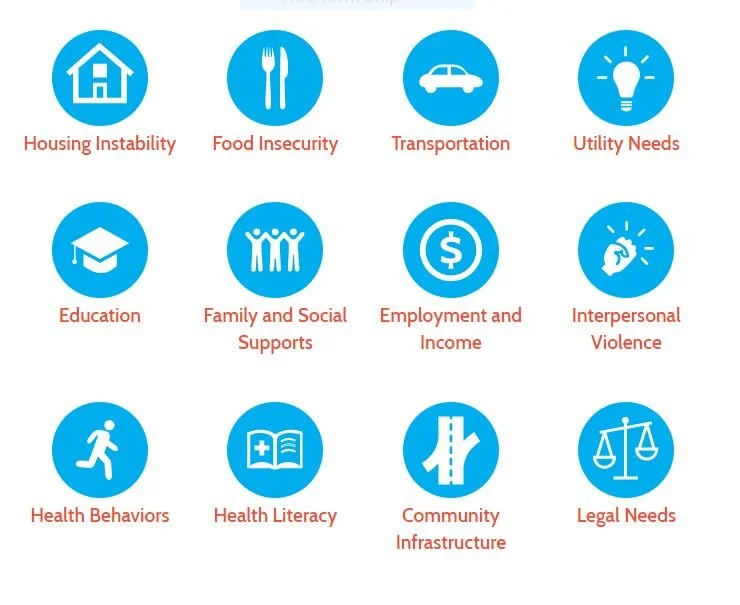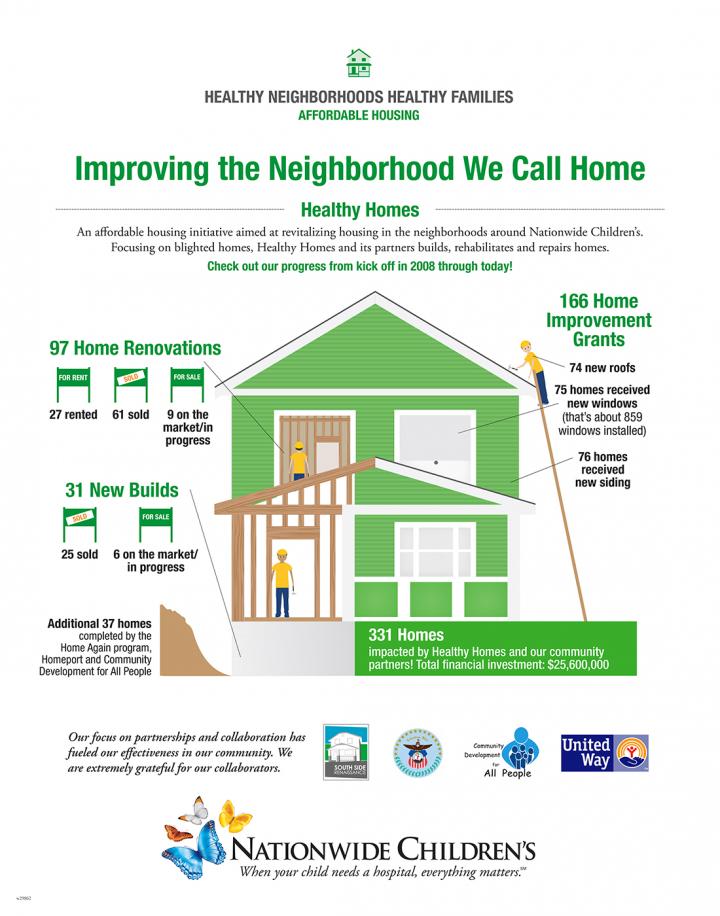“Across the country, anchor institutions are beginning to understand and leverage the power of their economic assets to address social and economic disparities and revitalize local communities. Because of their commitment to place and their economic power, anchor institutions are uniquely positioned to stabilize local economies and begin to reverse the devastating effects of urban disinvestment. An increasing number of anchor institutions and partner organizations have joined to form place-based networks, or anchor collaboratives, to develop, implement, and support shared goals and initiatives that advance equitable and inclusive economic development strategies. The challenges our cities and communities face today are daunting. But when anchor institutions intentionally align their collective resources for stronger and more inclusive economies and healthier communities, they can make real change happen locally. The anchor mission work also helps these institutions to see themselves as threads of the social fabric of their community—and they begin to view their role as a part of the solution in bolder and broader ways. “
From Democracy Collaborative, comes Anchor Collaboratives: Building Bridges With Place-Based Partnerships and Anchor Institutions. This report highlights the work of Anchor Collaboratives across the country and their role in investing in place-based initiatives. Read the full report here.
Read More







